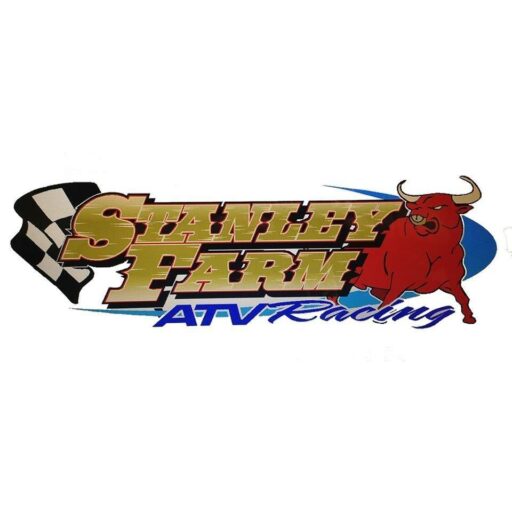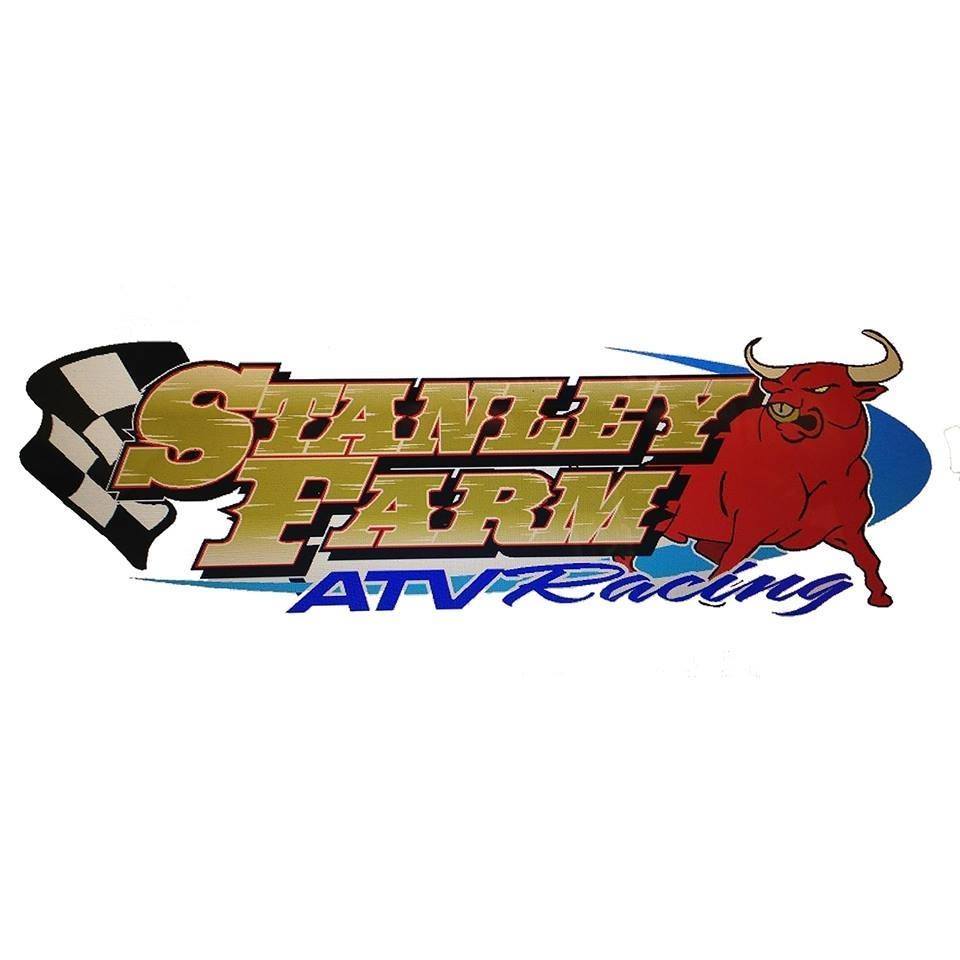Introduction
If you’re running a modern farm or tending to acreage, you know that how you spread fertilizer can make or break your yield. Enter ATV spreaders—those trusty ATV‑mounted attachments that turn your quad into a fertilizer‑dispensing powerhouse. In this guide, we’ll dive deep into the top 7 ATV spreaders that’ll take your fertilizer application from “meh” to “magnificent.” Buckle up, grab your gloves, and let’s roll!
1. Importance of Effective Fertilizer Application with ATV Spreaders
Maximizing Coverage and Efficiency
Ever feel like you’re hand‑spreading fertilizer with a teaspoon? Yeah, us too. ATV spreaders multiply your reach—covering rows of pasture or field in minutes rather than hours. By mounting a broadcast or drop spreader on your quad, you achieve even coverage and save fuel, time, and back pain.
Consistency in Application Rates
Uniform application isn’t just a buzzword; it’s critical. Inconsistent fertilizer rates can lead to patchy growth, nutrient runoff, and wasted product. With a calibrated ATV spreader, you dial in precise rates—ensuring every square foot gets the right dose. For tips on calibration, check out our How‑To Guides.
2. Broadcast Spreaders: Wide‑Area Coverage
Design and Working Principle
Broadcast spreaders fling granules in a fan pattern as you drive. Think of a giant, mechanical leaf blower shooting fertilizer instead of air. This pattern makes them ideal for large fields where speed trumps pinpoint accuracy.
Best for Large‑Scale Fields
If you’re managing 20 acres of pasture or a sprawling lawn, a broadcast ATV spreader is your friend. It turns a slow chore into a quick pass around the field.
Top Broadcast Spreaders of 2025
- FarmCart Pro XC (from our ATV Accessories lineup): 100‑lb hopper, corrosion‑resistant polymer, adjustable spread width.
- GreenTech 2025 Model GS (2025 Models): Heavy‑duty steel frame, variable deflector plate, GPS‑compatible rate control.
- EcoSpray MAX (Eco Farming): Electric motor, zero‑emission spreader, perfect for green‑tech enthusiasts.
3. Drop Spreaders: Precise Fertilizer Delivery
Precision vs. Coverage Trade‑Off
Drop spreaders release granules directly beneath the hopper, creating a neat stripe. You lose some speed and coverage width, but you gain surgical precision—ideal for row crops, pathways, and gardens.
Leading Drop Spreader Models
- NarrowStrike 200: 50‑lb capacity, stainless steel drop plate, ideal for vegetable plots.
- FieldMaster DX (Farm ATV Models): Attaches seamlessly to Yamaha and Polaris quads, locking drop mechanism.
- PrecisionPro 75: Micro‑adjustable gates, perfect for micro‑grain and seed application.

4. Tow‑Behind ATV Spreaders: Power Meets Convenience
ATV Compatibility and Hitch Systems
Tow‑behind spreaders connect via a standard 2‑inch hitch. They’re larger than ATV‑mounted units, offering 200–500 lb hoppers. Before you buy, confirm your quad’s towing capacity and inspect the hitch setup in our Maintenance & Repairs section.
Recommended Tow‑Behind Spreaders
- HeavyHaul 400 (Heavy‑Duty ATVs): 400‑lb poly hopper, fold‑down tailgate, rust‑proof axle.
- ProTow Master: Unlimited frame, hydraulic agitator, adjustable flow rate controls.
- TrailBlazer XL (Off‑Road Farming): 500‑lb capacity, off‑road tires, integrated GPS spread mapping.
5. Handheld ATV Spreaders: Maneuverability on the Go
Ideal Use Cases and Terrain
Some nooks and crannies just aren’t ATV‑friendly. Handheld spreaders attach to your quad’s rear rack, letting you walk behind for tight spaces—orchards, vineyards, and terraced fields.
Noteworthy Handheld Models
- Belt‑Fed Pro 25: 25‑lb hopper, ergonomic handle, rechargeable battery auger.
- CompactSpray S15: 15‑lb hopper, quick‑release mount, perfect for small plots.
- SureGrip GH‑20 (ATV Safety): Anti‑slip coating, adjustable shoulder strap, millet and seed capable.
6. Electric ATV Spreaders: Embracing Green‑Tech
Benefits of Electric Drive Systems
Electric ATV spreaders pair with your quad’s battery or a standalone pack. No belts, no chains, no gas. They run quietly and emit zero fumes—ideal for eco‑farming operations.
Quiet, Emission‑Free Operation
Imagine fertilizing before dawn without waking the neighbors. That’s the magic of an electric spreader. They also reduce maintenance—no engine oil changes or spark plug swaps.
Top Electric ATV Spreader Picks
- VoltSpread E100 (Electric ATVs): 100‑lb hopper, 12V direct drive, variable speed control.
- GreenCharge Pro: Solar‑assist option, remote‑adjustable rate via smartphone.
- SilentField XR: Sound‑dampened housing, corrosion‑resistant auger, suitable for sensitive crops.
7. Hybrid ATV Spreaders: Versatility Personified
Combining Broadcast and Drop Functions
Why choose when you can get both? Hybrid spreaders let you switch between broadcast and drop modes on the fly, giving you the ultimate flexibility for mixed‑use farms.
Best Hybrid Models
- FlexiSpread 300: Manual lever shifts between modes, 300‑lb poly hopper.
- DualMode XT: Electric toggle switch for instant mode changes, stainless chute.
- All‑In‑One 450 (a must‑see in our Farm Equipment catalog): 450‑lb capacity, weather‑proof controls.
Factors to Consider When Choosing ATV Spreaders
Hopper Capacity and Material
Are you covering a small garden or 100 acres? Smaller hoppers (15–50 lb) let you maneuver tight spaces, while larger ones (200–500 lb) reduce refill stops. Poly hoppers resist corrosion, while steel hoppers offer durability.
Durability and Construction
Look for UV‑stabilized polyethylene or galvanized steel. Field conditions can be harsh—rocks, rain, and fertilizer chemicals can corrode cheap materials fast.
Ease of Maintenance and Repairs
Check for bolt‑on parts, accessible grease points, and clear instructions in the Maintenance Log guides. Simple machines are easier to fix in the field.
How to Maintain Your ATV Spreader for Longevity
Routine Maintenance Tips
- Clean after every use: Remove all granules to prevent corrosion.
- Lubricate moving parts: Bearings and chains need grease every 10 hours.
- Inspect belts and chains: Replace if cracked or worn.
Troubleshooting Common Issues
- Uneven spread pattern? Check the deflector and level the hopper.
- Clogged auger? Clear blockages and verify correct fertilizer size.
- Variable rate malfunction? Inspect the control cable or electric drive wiring.
Keeping a Maintenance Log
Document every service, part replacement, and repair in a log to anticipate future needs. A solid maintenance record can extend your spreader’s life by years.
Safety Tips for Using ATV Spreaders
Personal Protective Equipment (PPE)
Always wear gloves, safety glasses, and a dust mask when handling fertilizer. Some products irritate skin or lungs.
Safe Operation Practices
- Secure the hitch and test it before heading into the field.
- Drive at safe speeds: Spreaders can affect your quad’s center of gravity.
- Stay alert: Watch for obstacles, steep grades, and overhead branches.
For more ATV‑specific safety advice, visit our ATV Safety tag.
Conclusion
Investing in the right ATV spreader transforms your fertilizer application from a chore into a precise, time‑saving operation. Whether you need wide‑area broadcast coverage, pinpoint drop accuracy, or the latest in electric green‑tech, there’s a model on this list for you. Remember to match capacity to your acreage, prioritize durable materials, and keep a strict maintenance regimen to get the most out of your equipment.
Ready to upgrade? Explore our full range of ATV Accessories and Farm Equipment to find the perfect spreader for your rig.
FAQs
1. How do I calibrate my ATV spreader for accurate fertilizer rates?
Use the manufacturer’s chart to set your flow gate, then measure output over a known distance—adjust until the rate matches your target. Our How‑To Guides offer step‑by‑step calibration tutorials.
2. Can I use the same spreader for seed and fertilizer?
Yes—most broadcast and drop spreaders handle seeds and granules alike. Just clean thoroughly between uses to avoid cross‑contamination.
3. Are electric ATV spreaders worth the extra cost?
If you value low noise, zero emissions, and reduced maintenance, absolutely. They’re ideal for orchards, wineries, and eco‑conscious farms.
4. What’s the difference between ATV‑mounted and tow‑behind spreaders?
ATV‑mounted units attach directly to the rack or hitch and are smaller (15–100 lb). Tow‑behind spreaders are larger (200–500 lb) and hitch to the quad’s rear, offering greater capacity but occupying more ground space.
5. How often should I service my ATV spreader?
After every 10–20 hours of use, clean, lubricate, and inspect. Keep a maintenance log to track replacements and repairs.
6. Are hybrid spreaders complicated to operate?
Not at all. Most hybrids use simple levers or electric switches to toggle modes—no special training required.
7. Where can I find parts and accessories for ATV spreaders?
Browse our ATV Accessories section or contact local dealers—most replacement parts and attachments are bolt‑on and widely available.


